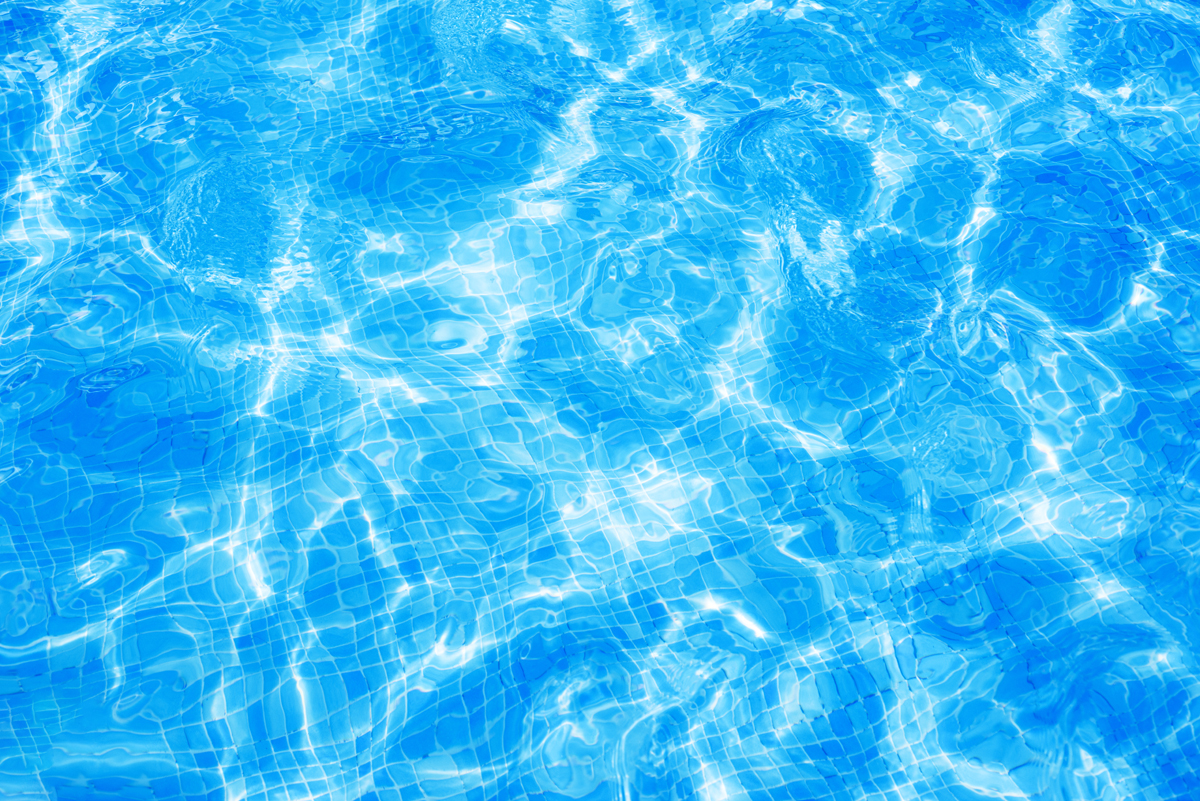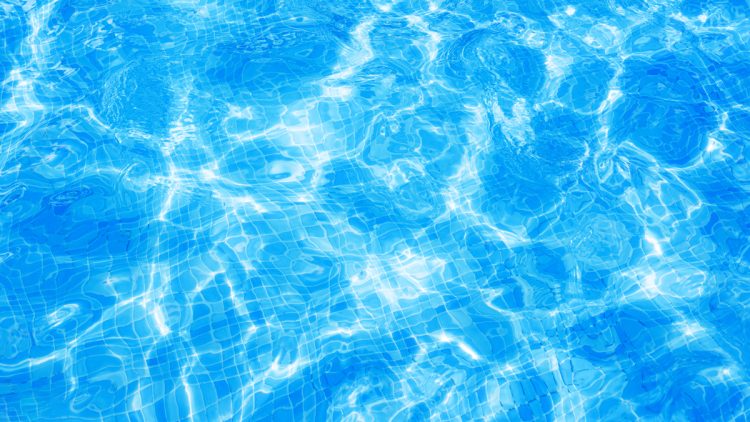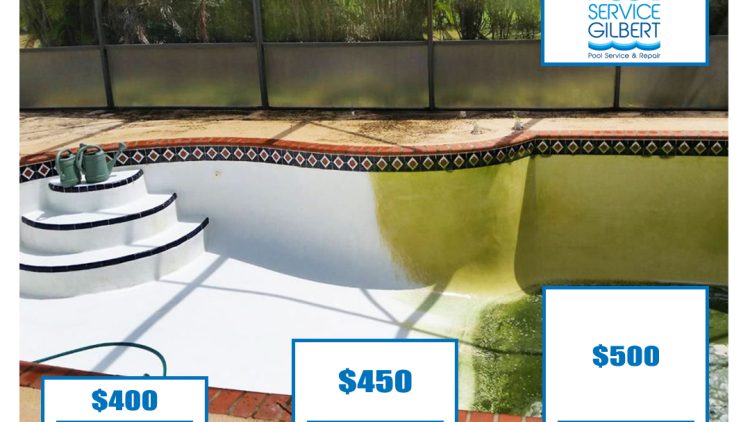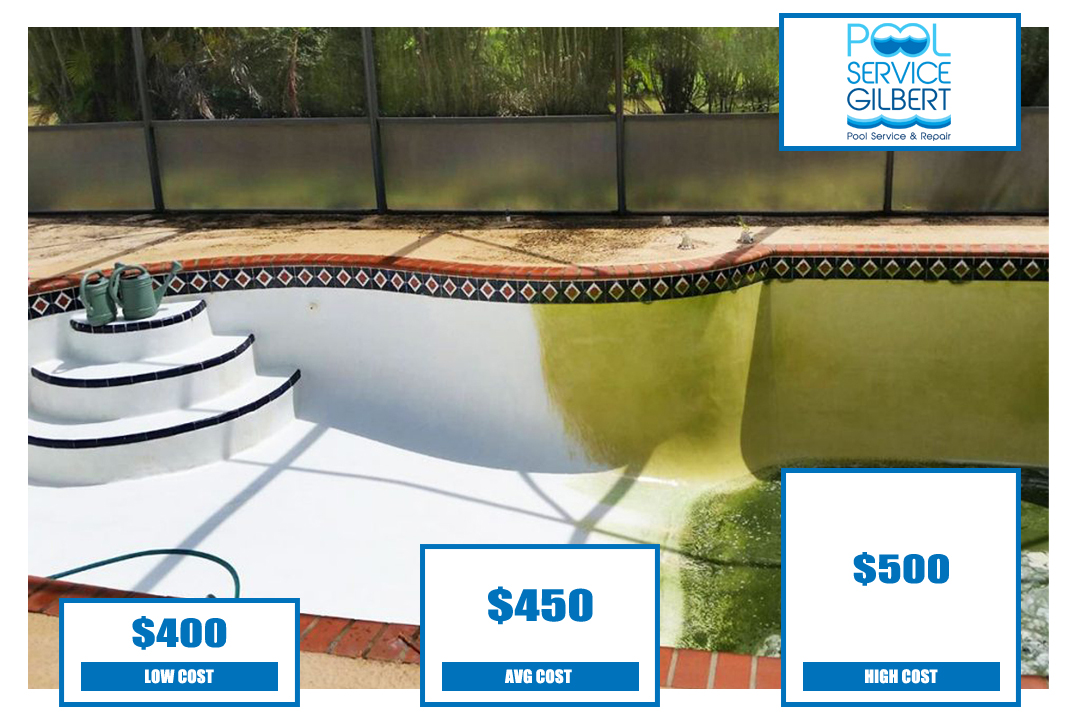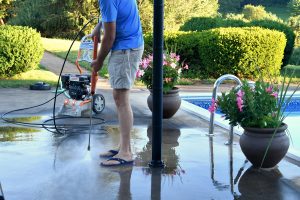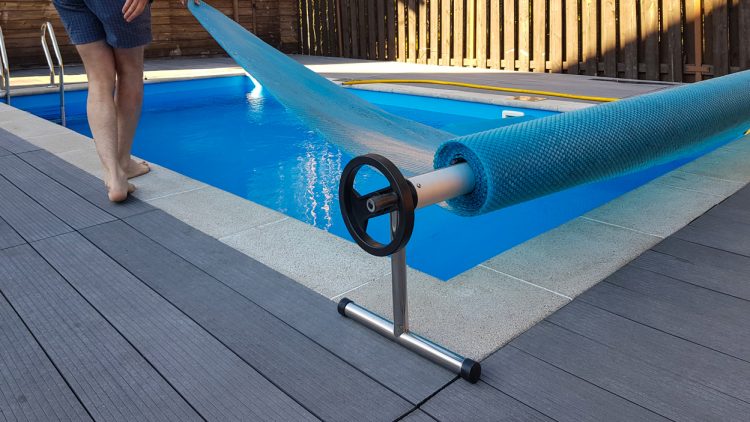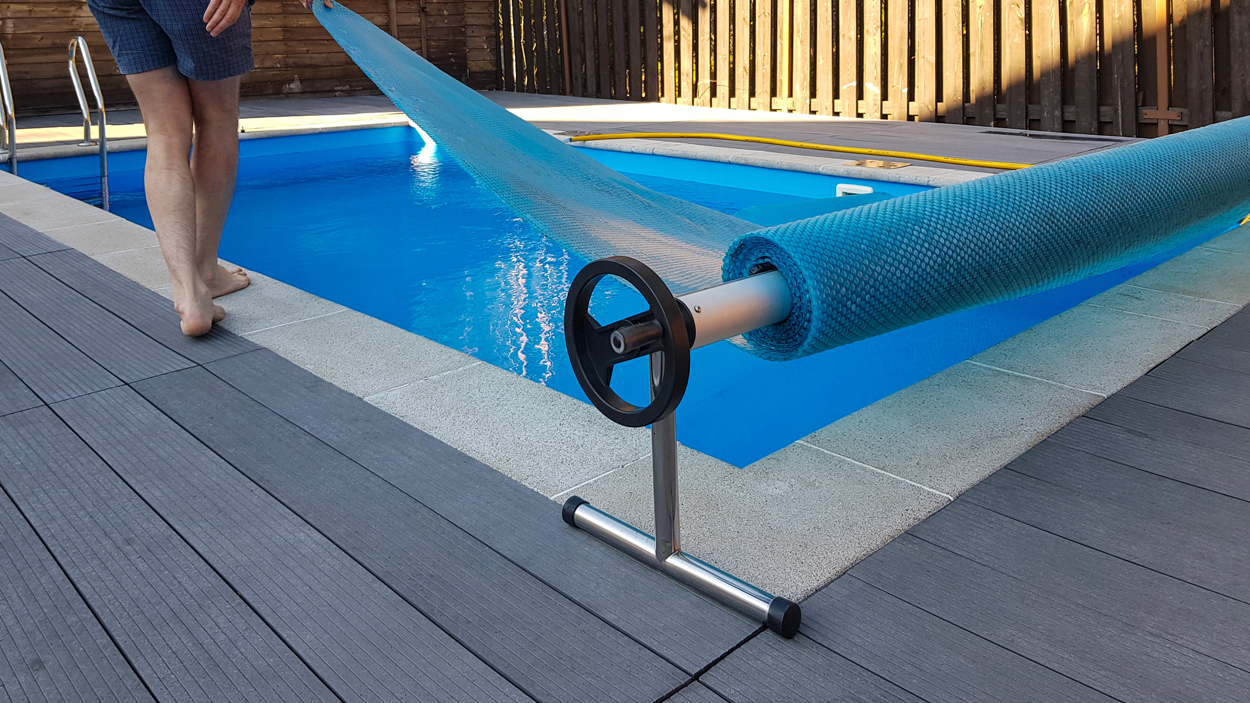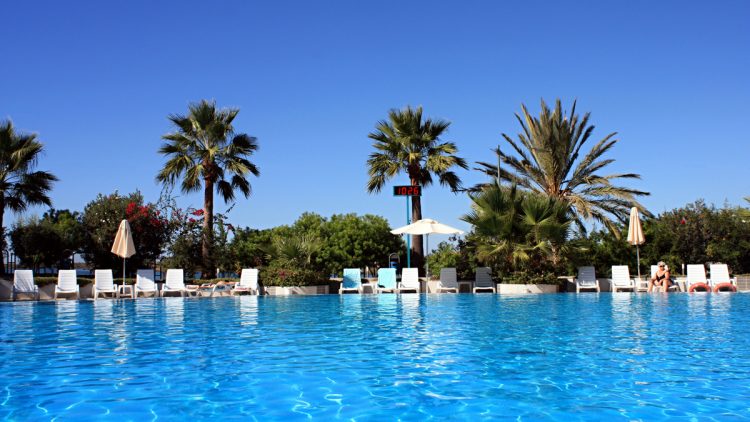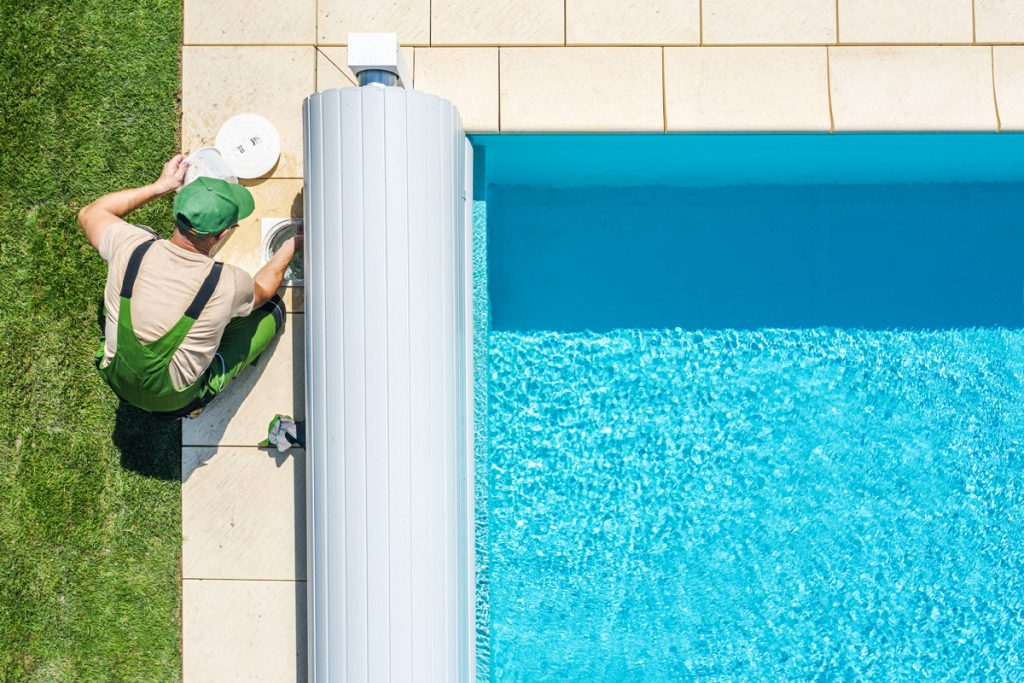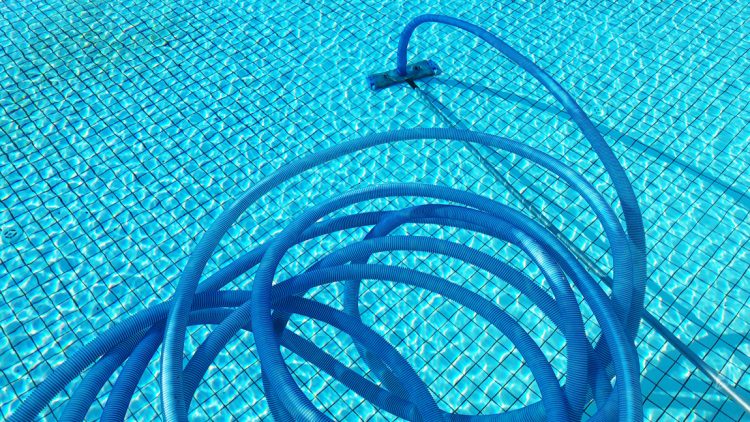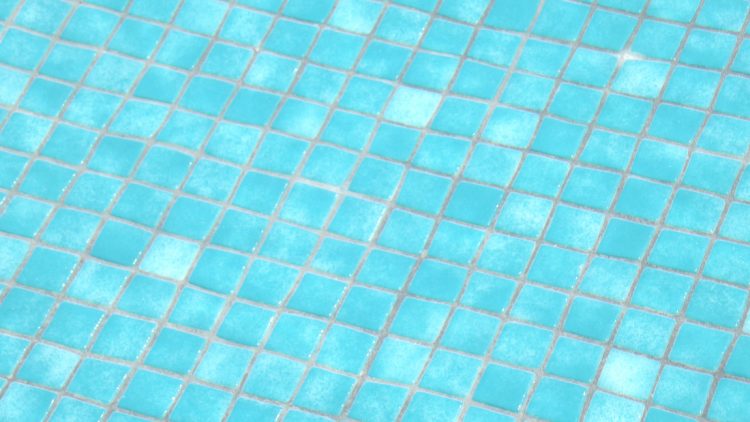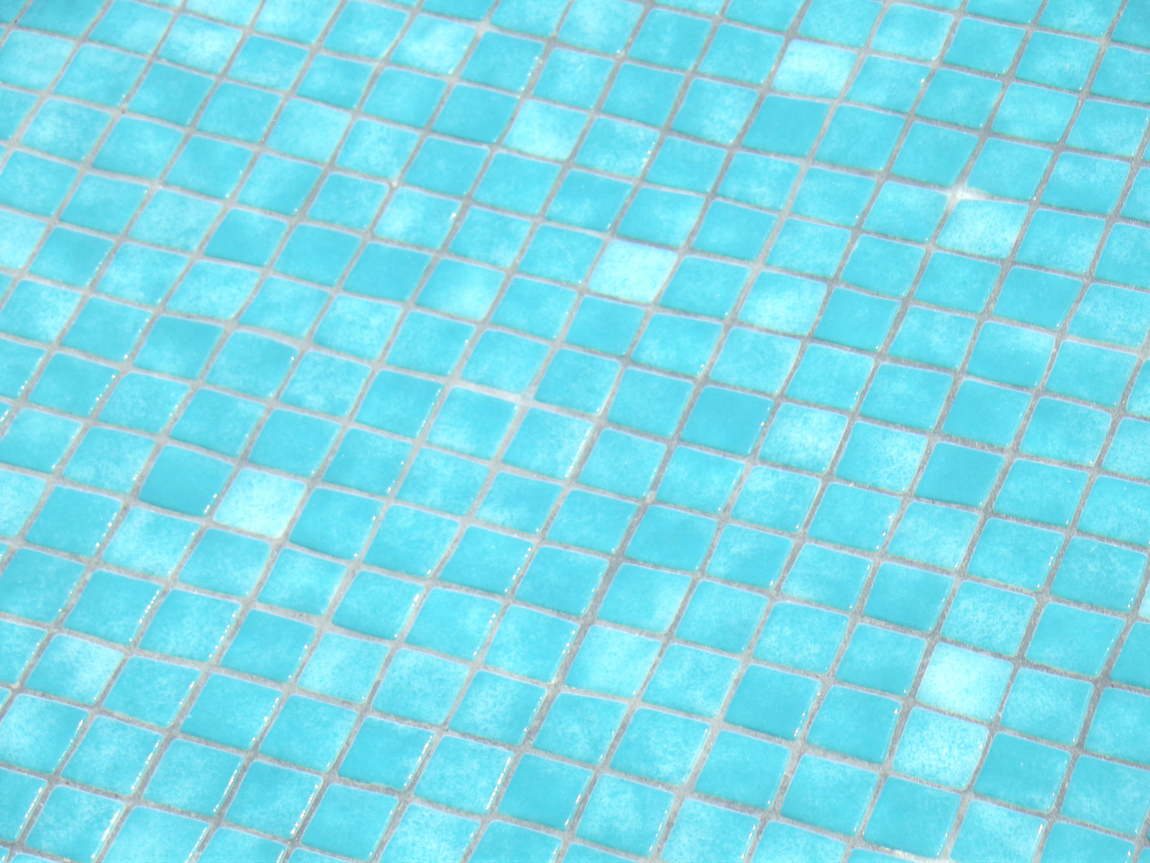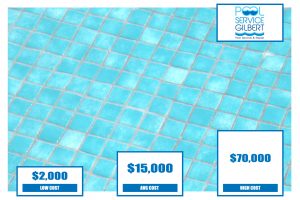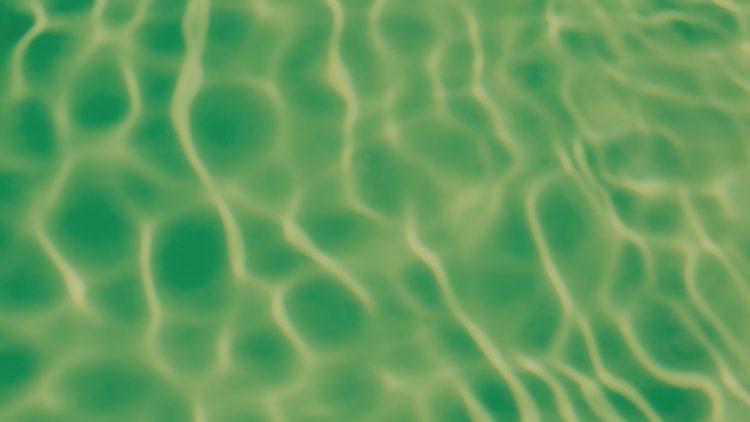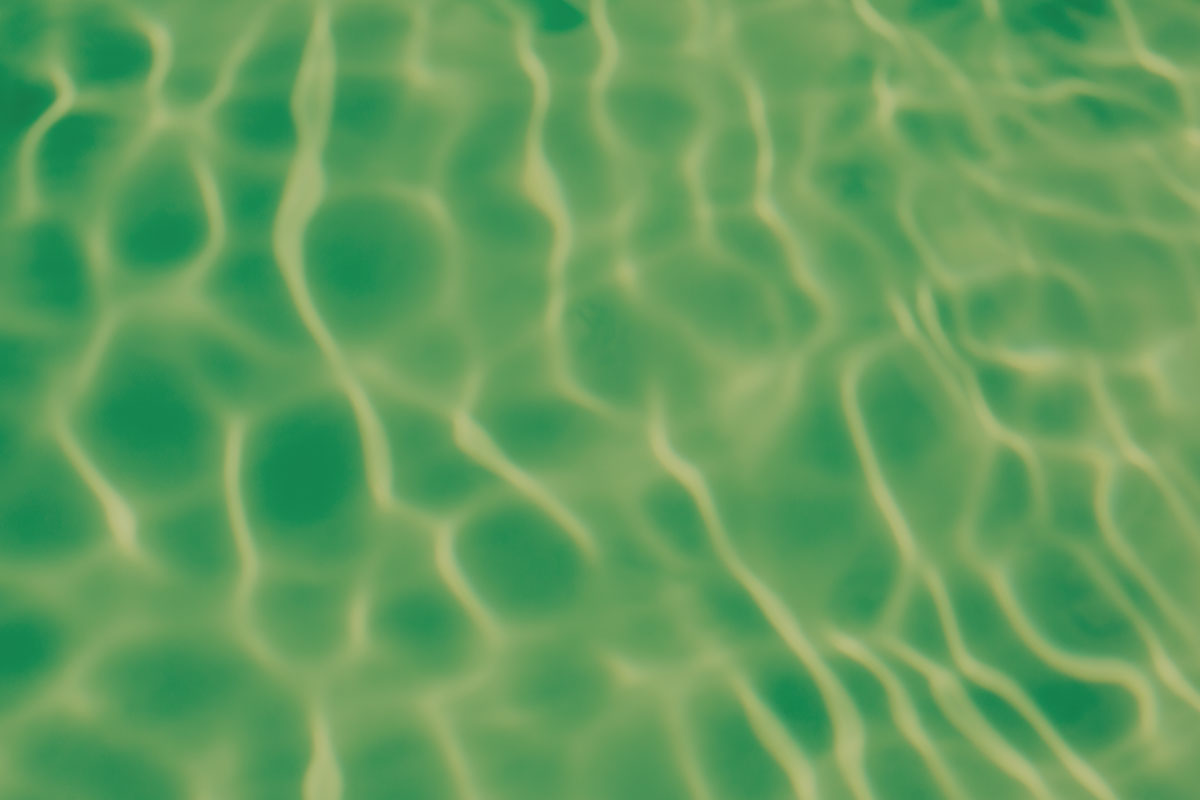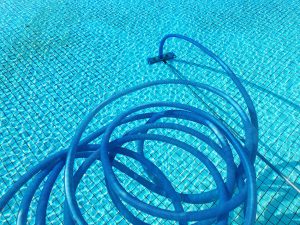
If you are searching for “pool cleaning service” or “pool cleaning service near me,” then Pool Service Gilbert is here to help!
Pool Cleaning Services
It’s important to know ahead of time exactly which services you desire when creating an overall budget. Pool services will definitely check the chemistry of your water, empty your skimmer baskets and pool pump baskets, among other basic cleanups. Most companies will generally offer the additional services listed below. Homeowners can expect to pay a few hundred dollars every month for regular pool cleaning services. If you are hiring a company to get a pool that you rarely use ready for a special event, expect to pay even more. It will cost a lot more to clean a pool that hasn’t been well maintained. Extra Cleaning Services That May Be Offered:
How Much Does A Pool Cleaning Service Cost?
The average pool service costs in the Phoenix, AZ area range from $85 to $125 per month. Typically, any pool owner can expect to pay around $105 per month for cleaning services. Use this post to help determine a budget for any upcoming pool services you may need in the future.

Weekly Pool Cleaning
Most pool cleaning services come weekly, but they can adjust to your preferred schedule. Services can be provided weekly, bi-weekly or even monthly, depending on your needs. Charges are generally less when you invest in weekly cleanings because it is much harder to maintain the pool when it is not cleaned on a regular basis. Getting a cleaning service once a month will usually force the pool owner to perform more maintenance in between services.
In general, pool sizes will not vary too much in Phoenix, AZ. But, because cost will be calculated depending on chemicals used, the size of the pool is an important factor when homeowners create a budget for these services. You will have to pay the service provider for their time, but you could see higher costs with a bigger pool on your property.
Other Pool Service Costs
There are several other costs associated with owning a backyard pool besides routine weekly maintenance fees. It is recommended to acid wash your pool whenever you notice a buildup of harmful algae. Generally, this cleaning process should be done during the winter time when you can drain the pool completely. Several pool cleaning services can handle this task if you prefer not to do it yourself. Pool pumps and tiles are subject to wear and tear, as well. There may come a time over the course of pool ownership when you’ll have to either replace or replace the pump and/or tiles.
Acid Wash
Having a pool built is a spectacular way to get more out of your backyard, but pools require routine maintenance to keep the pool water clean and for the prevention the building up of algae and stains. When you neglect your pool for any amount of time, the growth of algae starts to stain the surface of the pool making the water slimy. If the water is stagnant and you are unable to see the bottom, it’s time for the pool to be drained for an acid wash. It may also be a good idea to acid wash a pool if calcium deposits have started discolorations.
When you start to see algae growth or build-up of any kind, it’s time to drain the pool and call the professionals for an acid wash. The algae may appear green, black or even yellow. Regardless of the color, this unwanted agent has no business being in your pool. Invest in a proper and thorough acid wash for your valuable pool. Acid washing can only be performed in pools with either plaster or Pebble Tec surfaces. A professional will be able to take a look at your pool before the cleaning. If he or she determines the plaster is too thin, then the acid wash cannot be completed. The only option at that point is to resurface the pool altogether.
Acid Wash Pool Cost:
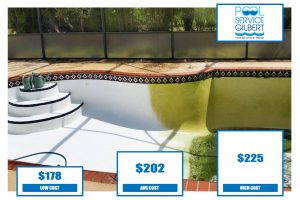
Pool Pump Replacement
There are five obvious signs to look for when it comes to pool pump repairs, listed above. Rumbling noises should be noticed right away. Excessively-vibrating pumps will create sometimes loud and consistent noises. The most common reason for the noise is a pump coming loose or dislodged. Get this issue fixed right away before it becomes a larger problem. The good news for pool owners is this issue won’t require a costly repair.
Grinding sounds can be confused as rumbling at first. But, there is a big difference between these various sounds. Grinding means your pump needs new bearings. Older bearings can lead to motor overheating. Bearings are typically cheap, but replacing them requires opening the pump. This is a task best left to the pool service professionals.
Even a well-maintained and routinely checked pump will wear out over time. These pool pumps can last between 8 to 12 years. However, many pool owners may notice failure at an earlier age. If your pump is getting up their in age, it’s time to start thinking about repairs and/or replacement.
Bubbles in your pool water may seem innocent, but this is not a good sign at all. Bubbles are a clear indication of an air leak in your pump. Dirty water can result from an air leak and can pose numerous health hazards. Have a pool cleaning service check this issue out immediately.
Pool Pump Replacement Cost:
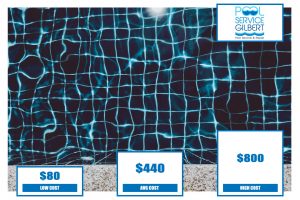
Pool Tile Replacement
Most of the signs of pool tile wear and tear will be obvious. First, if you ever begin to notice that your tiles are simply falling off the pool walls, then it is time to replace the tiles. You may see white deposits developing along the tiles. The first step to remedy this issue may be to acid wash the pool. You can either do this yourself or call a professional service for the job. If the white deposits remain, though, then you need to replace the tiling. Even if the pool tiles are not falling off the walls, any chips or cracks are reasons enough to get new tiles.
It’s possible for the tiles to lose color over time. This is another sign to get them cleaned or replaced altogether. It doesn’t just mean these tiles will turn white with deposits. Tiles could become discolored and appear brown or green. Replace the tiles when you notice any of these four common issues.
Pool Tile Replace Cost (per square feet):
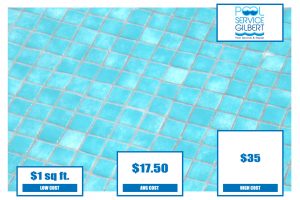
Pool Service Phoenix
Pool Service Gilbert is a family-owned and operated business that has been serving the valley since 2004. We offer reliable and affordable pool services, including repairs, equipment installations and more! Our service area includes Ahwatukee, Chandler, Gilbert, Mesa, Phoenix and Tempe, Arizona. Contact us right here for your upcoming pool service needs.
More Articles About Pool Care
